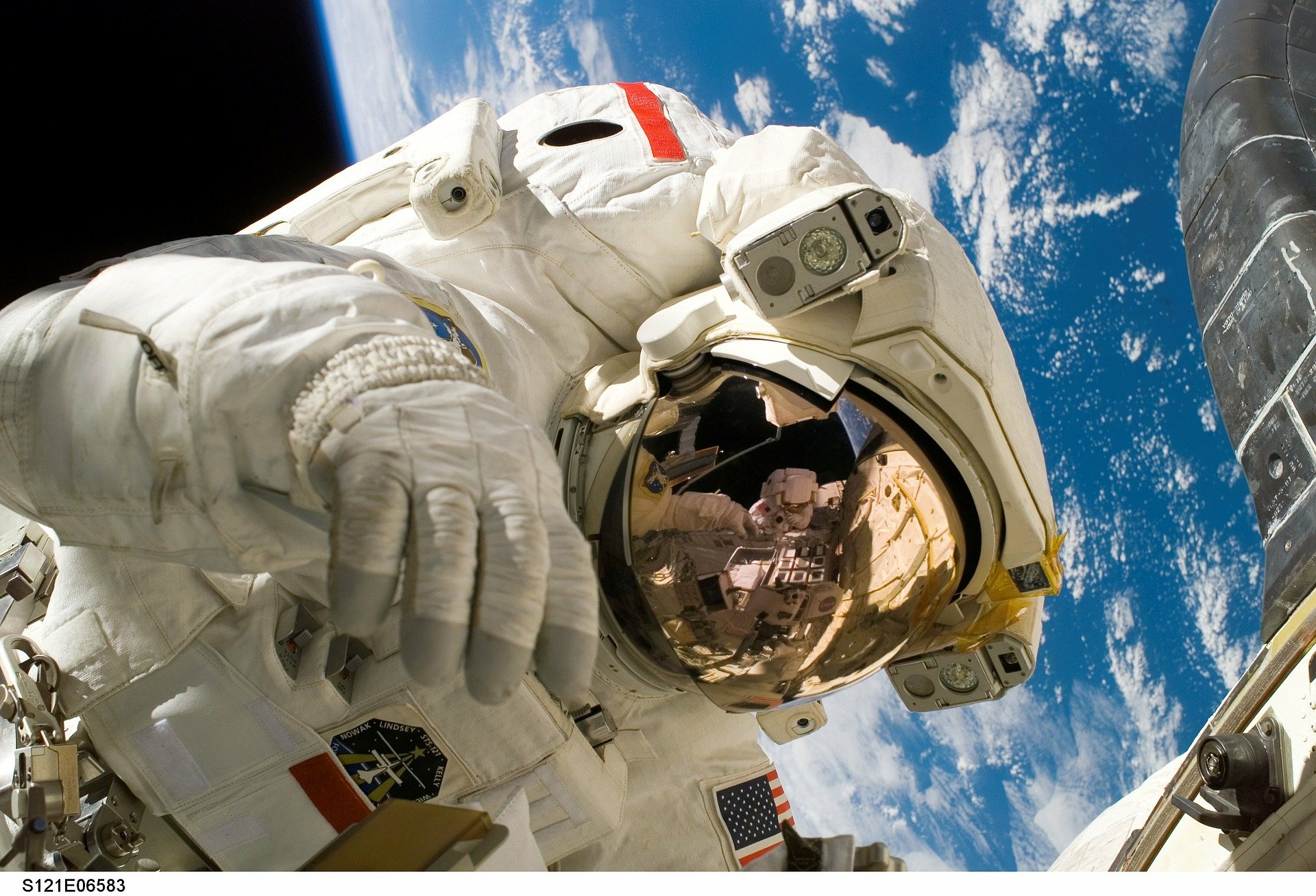Each of us has some basic idea about space. Yet, although astronauts are making more and more discoveries about our Universe, there are still many myths about cosmos. There is nothing strange in it since we can’t ourselves experience many things related to space. In this article, we are not going to make any sensational claims such as the Earth being flat since, fortunately, it really has a spherical shape. Here, we are going to shed some light on the popular convictions about our Universe that are far from the reality.
Warm weather in the summer is the result of the Earth being closer to the Sun
It’s not a secret that the Earth is changing its position orbiting the Sun. Many people are sure that the changes in the distance between the Sun and our planet are leading to the substantial alterations in the temperature on the Earth causing the change of seasons.
Actually, the orbit of the Earth is not exactly spherical and it more resembles of an ellipse. It reaches its apsides which are the closest point to the Sun of the Earth’s orbit and the nearest one in January and July respectively. Thus, if the myth about the weather changes was true, January would be the warmest month on the Earth whereas winters took place during the calendar summer. Certainly, it is not like this.
Although orbiting movements cause some temperature fluctuations on the Earth, their maximum range is 5 degrees which is definitely not enough for changing seasons. What is a real factor creating large temperature fluctuations on the Earth is the angle between the Earth’s axle and its ecliptic which is the plane of the Earth’s orbit.
Space is rather cold and can turn you into ice immediately
Surely, such a popular belief comes right from the films about space adventures where an unfortunate astronaut without a space suit or wearing a damaged one gets frozen within a couple of seconds. In point of fact, that is not the truth since space is featured with vacuum.
Vacuum is a great temperature insulator which means there is actually no temperature inside the open space. There is no thermal conductivity or convection in the vacuum which means you will hardly feel any temperature differences being in the space. However, with time you can feel a bit chilly since the water will be evaporating from the skin layers.
People can burst in the open space
Perhaps, one of the believes about our universe’s cruelties which is even worth than instant freezing in space, is the possibility of exploding. In all likelihood, you have already seen such a scene in one of the Hollywood films in which an astronaut getting into the vacuum or landing on one of the planets with a rather low pressure, is experiencing real hell. His blood vessels start exploding as well as his eyes and other organs causing the worst possible death.
Certainly, open space is not an auspicious place for walks and it causes real troubles in a human body. First of all, if you do not exhale the air out of your lungs before leaving the spaceship, the lungs can really explode. Moreover, in some 1,5 minutes after being outside the spacecraft, ebullism occurs in the blood which means that there will be bobbles in the blood and the body tissues will become swollen. Even though these conditions are life-threatening, the body itself can’t explode in the open space.
All these facts mean that one can stay in the open space for approximately 1,5 minutes without major health concerns and the body will be actually able to regain its previous condition after this time. Yet, a longer time spent outside the spacecraft without any space suit will lead to suffocation in the first place, since, as you know, there is no oxygen there.
The Sun is yellow
Think about the Sun for a moment. Which colour does it have?
Of course, the majority of people will paint a yellow sun since yellow is the colour we seen when we are looking at the Sun. Yet, this is only an illusion created by the Earth atmosphere which changes the visible colour of the Sun rays.
Actually, if you check the real photos of the Sun made in space, you will see that its real colour is white. Still, we are so used to seeing the Sun as a yellow extra-terrestrial body, that even the scientists themselves are using the phrase “a yellow dwarf” as an informal term for G-type main-sequence stars which are the stars resembling the Sun.
It’s almost impossible to fly through an asteroid belt
Providing you have watched such films as Star Wars, you have noticed how much proficiency an astronaut needs in order to get through an asteroid belt. In fact, this is a real challenge and one can hardly live through this extremely dangerous experience.
In the reality, our Solar System has its own asteroid belt located between the orbits of Mars and Jupiter with approximately 10 millions of asteroids. Still, the real cosmic dimensions are far from the ones shown in the films and even despite such an enormous amount of asteroid in the belt, you will hardly have a chance to meet any of them since the average distance between them is four times greater than the distance between the Earth and the Moon.

